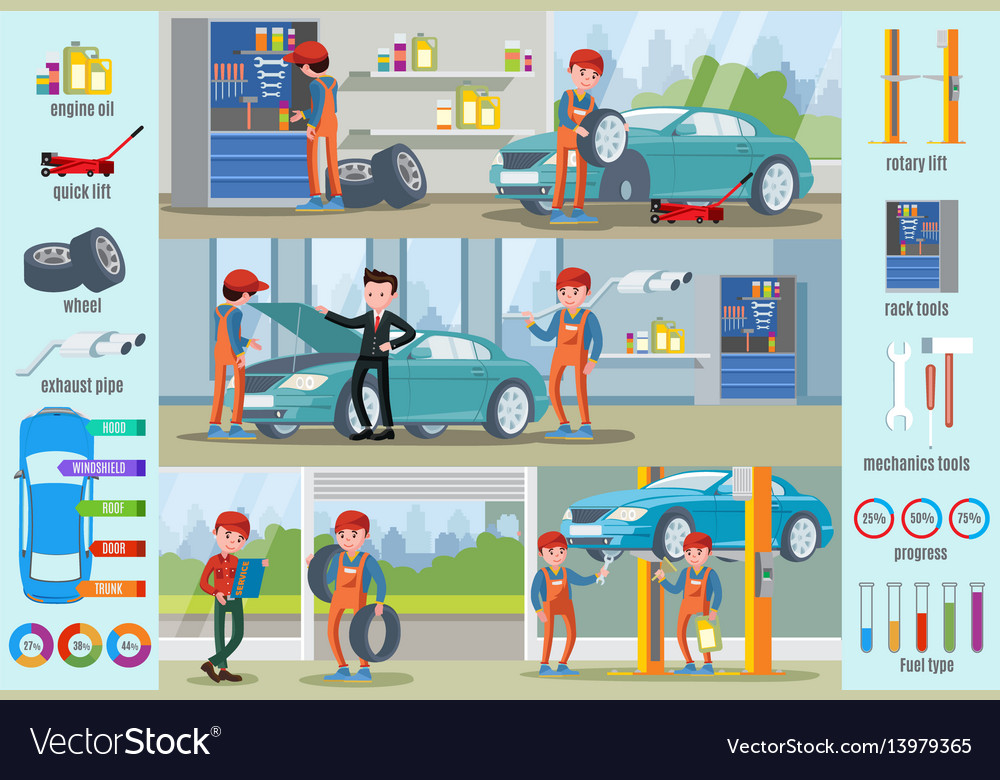Wondering Regarding The Meaning Behind Those Dashboard Caution Lights? Gain Insights Into Their Implications For Your Vehicle'S Security And Maintenance
Wondering Regarding The Meaning Behind Those Dashboard Caution Lights? Gain Insights Into Their Implications For Your Vehicle'S Security And Maintenance
Blog Article
Web Content Writer-Vinson Corbett
When you're behind the wheel, those radiant warning lights on your dashboard can be a bit difficult. Do https://vehicle-suspension-testin83837.develop-blog.com/38824171/remarkably-practical-mobile-vehicle-outlining-solutions-not-just-save-you-money-and-time-however-also-improve-your-automobile-s-long-life-uncover-exactly-how-they-can-change-your-routine understand what they're trying to inform you concerning your car's health? Comprehending mouse click the up coming web site of these lights is crucial for your security and the durability of your lorry. So, the next time one of those lights pops up, would not you intend to decipher its message accurately and take the needed actions to address it?
Common Warning Lighting and Interpretations
Identify common caution lights in your cars and truck and recognize their meanings to make certain risk-free driving.
The most normal warning lights include the check engine light, which signals issues with the engine or exhausts system. If this light begins, it's essential to have your car inspected without delay.
The oil pressure warning light shows reduced oil pressure, needing instant interest to stop engine damages.
A flashing battery light could suggest a defective charging system, potentially leaving you stranded otherwise dealt with.
The tire stress monitoring system (TPMS) light signals you to low tire pressure, affecting automobile security and fuel effectiveness. Overlooking this can lead to hazardous driving conditions.
The abdominal light suggests an issue with the anti-lock braking system, compromising your capability to quit rapidly in emergencies.
Finally, the coolant temperature level warning light warns of engine overheating, which can result in serious damages if not settled swiftly.
Understanding these typical caution lights will help you deal with issues promptly and keep secure driving conditions.
Relevance of Prompt Focus
Recognizing the usual warning lights in your automobile is only the initial step; the relevance of quickly dealing with these cautions can not be emphasized enough to ensure your security when driving.
When a caution light brightens on your control panel, it's your car's means of connecting a prospective problem that requires attention. Ignoring these cautions can lead to a lot more serious problems later on, jeopardizing your safety and security and possibly costing you more in repairs.
Trigger interest to advising lights can prevent break downs and mishaps. For instance, a flashing check engine light could suggest a misfire that, if left neglected, might create damage to the catalytic converter. Resolving this quickly can conserve you from a pricey repair service.
Similarly, a brake system advising light could signal reduced brake liquid or used brake pads, vital components for your safety and security when driving.
DIY Troubleshooting Tips
If you discover a warning light on your dashboard, there are a couple of do it yourself repairing pointers you can try prior to seeking expert help.
The primary step is to consult your car's guidebook to recognize what the specific warning light indicates. Sometimes the concern can be as basic as a loose gas cap triggering the check engine light. Tightening the gas cap might solve the issue.
One more usual concern is a low battery, which can trigger different warning lights. Inspecting the battery links for rust and ensuring they're safe may take care of the problem.
If a caution light lingers, you can try resetting it by separating the cars and truck's battery for a few minutes and then reconnecting it. In addition, checking your vehicle's liquid levels, such as oil, coolant, and brake liquid, can help fix alerting lights related to these systems.
Conclusion
Finally, recognizing your car's warning lights is crucial for maintaining your vehicle running smoothly and safely. By without delay attending to these informs and knowing what they mean, you can stay clear of pricey repair work and potential malfunctions.
Bear in mind to consult your vehicle's guidebook for certain details on each cautioning light and act as necessary to make certain a trouble-free driving experience.
Stay informed, remain secure on the road!
